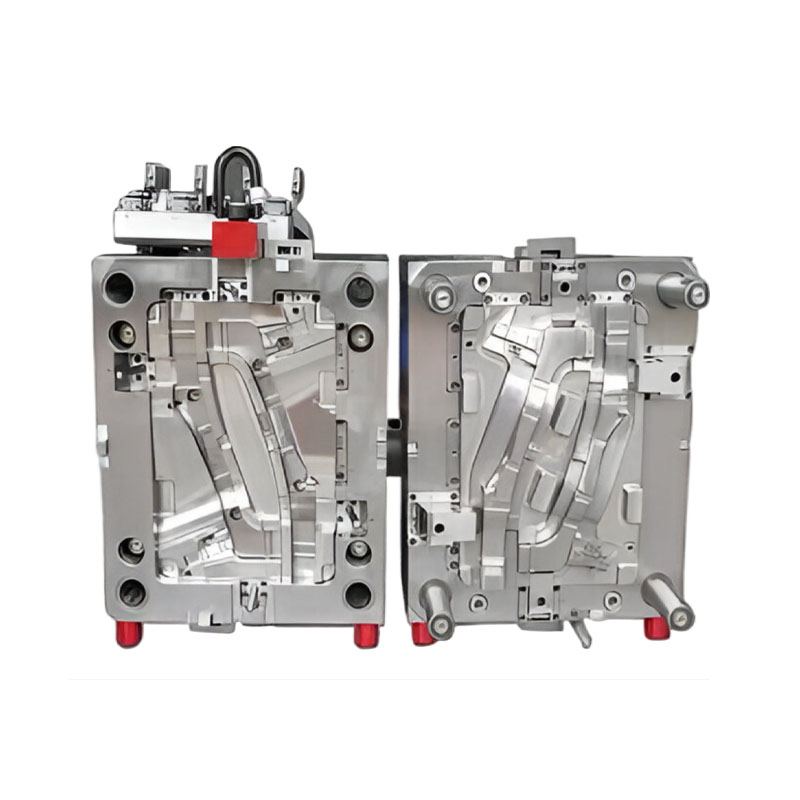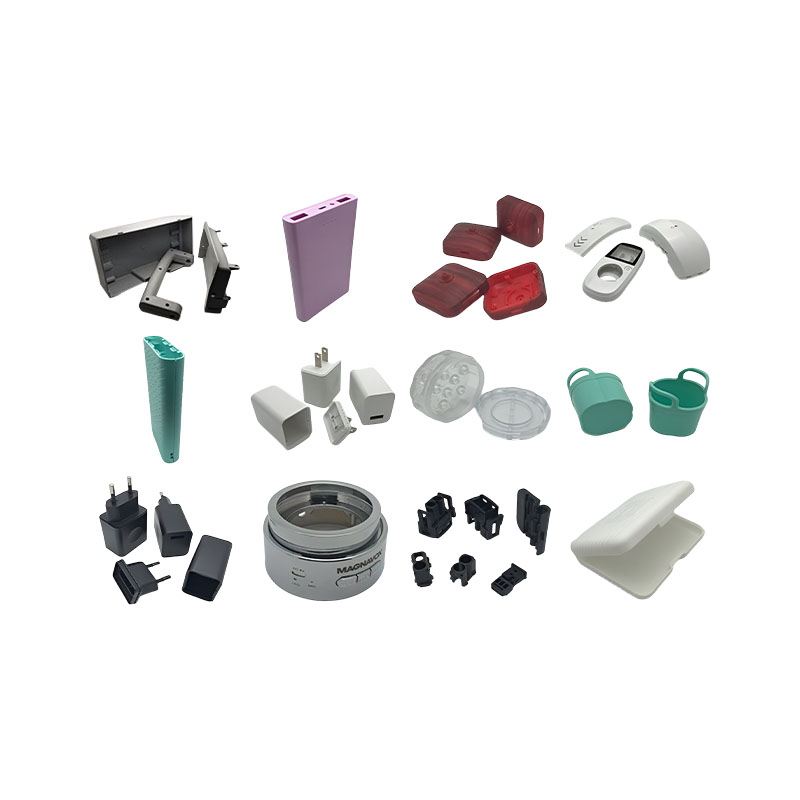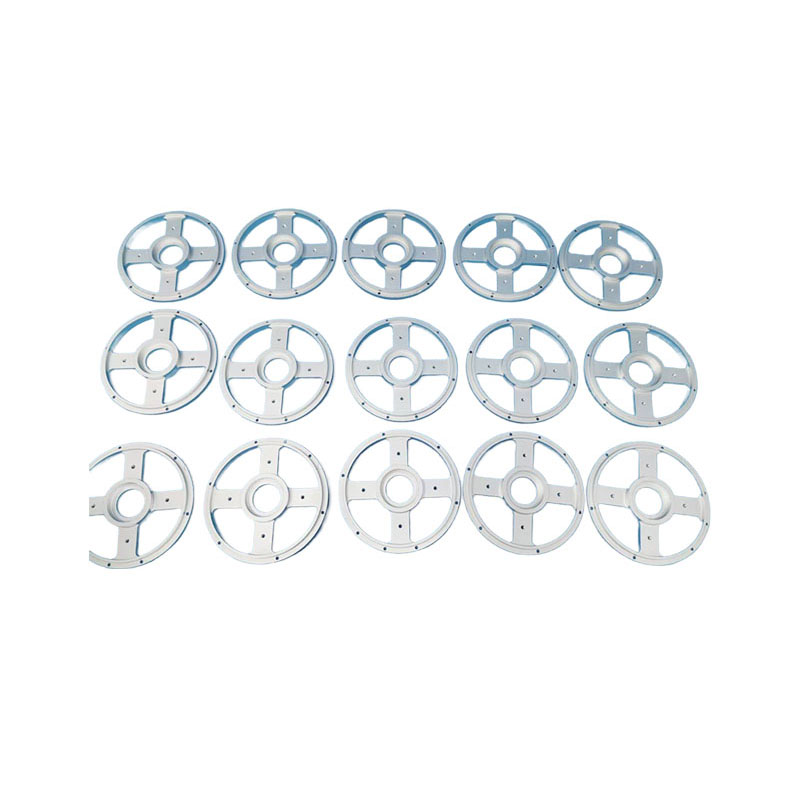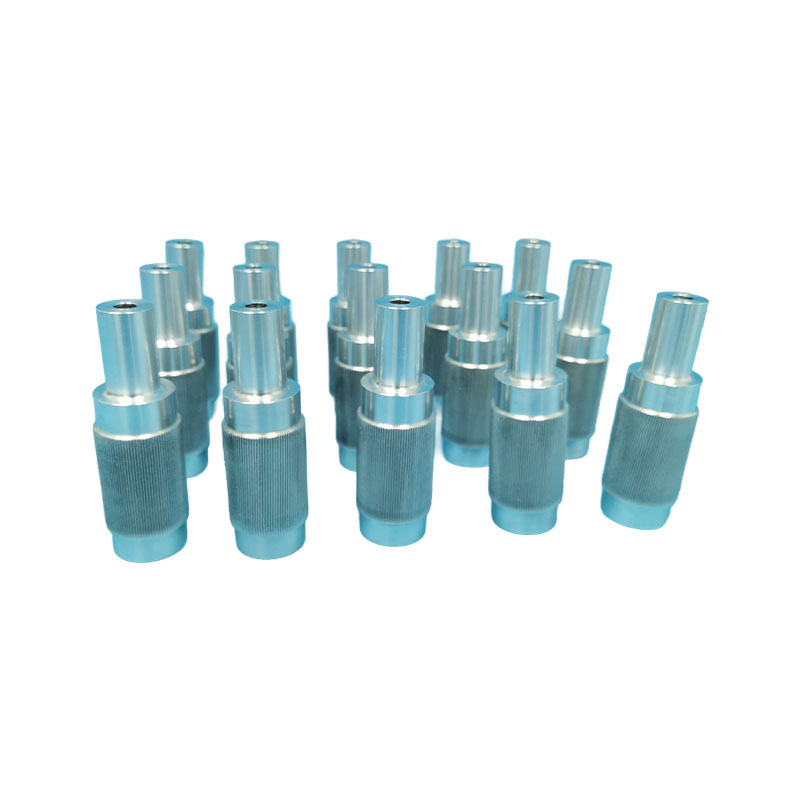How does vibration suppression technology in stainless steel CNC turning improve machining accuracy and tool life?
Release Time : 2025-08-07
In stainless steel CNC turning, vibration is a significant factor affecting machining accuracy and tool life. Vibration suppression technology, through targeted optimization, eliminates vibration at its source. Stainless steel's high toughness leads to significant fluctuations in cutting forces during turning, which can easily induce relative vibration between the tool and the workpiece, resulting in waviness and dimensional deviations on the machined surface. Vibration suppression technology first precisely matches cutting parameters to ensure more stable contact between the tool and the workpiece, reducing vibration caused by fluctuating cutting forces and laying the foundation for improved machining accuracy.
Optimizing the tool system is a key step in vibration suppression. Tool geometry and material selection are specifically designed to minimize impact loads during cutting, taking into account the cutting characteristics of stainless steel. Sharp cutting edges reduce resistance during entry, and optimal clearance angles minimize friction between the tool and the machined surface. These optimizations ensure more uniform force distribution during cutting, avoiding high-frequency vibrations caused by localized excessive forces. This ensures a smooth machined surface and reduces tool wear.
Reinforced machine tool structural rigidity provides the hardware support for vibration suppression. Stainless steel CNC turning equipment improves overall rigidity and reduces vibration transmission by optimizing the structures of key components such as the spindle and guideways. The highly rigid spindle stably drives tool rotation, preventing radial runout during cutting. The precision guideway design ensures smooth toolholder movement, reducing vibration interference during feed, ensuring the tool consistently follows the pre-set cutting path and accurately cuts, ensuring consistent machined dimensions.
Dynamic monitoring and adaptive adjustment technologies further enhance vibration suppression. Vibration sensors integrated into the CNC system capture vibration signals during machining in real time. When abnormal vibration is detected, the system automatically adjusts the cutting speed or feed rate, modifying cutting conditions to suppress vibration propagation. This dynamic response capability promptly eliminates the impact of vibration on machining, preventing tool chipping or workpiece dimensional deviations caused by continuous vibration, and ensuring a more stable machining process.
Optimizing the stability of the workpiece clamping also effectively suppresses vibration. If stainless steel workpieces are not securely clamped during turning, they can easily wobble due to cutting forces, causing vibration. Vibration suppression technology improves fixture structure, increases the contact area between the workpiece and the fixture, or incorporates auxiliary support devices to keep the workpiece rigidly fixed during machining. This reduces vibration caused by workpiece deformation or displacement, ensures accurate tool cutting paths, and reduces the additional impact forces on the tool caused by vibration.
The proper use of cutting fluid plays a supporting role in vibration suppression. The heat generated during stainless steel turning can exacerbate tool wear, while high temperatures can also alter the material's cutting properties, indirectly causing vibration. Vibration suppression technology optimizes the cutting fluid spray pattern and flow rate to ensure that the fluid fully cools the contact area between the tool and the workpiece, reducing cutting force fluctuations caused by thermal deformation. It also lubricates the cutting interface to lower the coefficient of friction, mitigating vibration-causing conditions from multiple perspectives.
The comprehensive application of vibration suppression technologies simultaneously improves machining accuracy and tool life. By reducing tool and workpiece vibration, surface roughness is significantly reduced, dimensional errors are kept to a minimum, and high-precision machining requirements are met. At the same time, the stable cutting state makes the tool more evenly stressed, avoiding severe local wear or chipping caused by vibration, extending the effective use time of the tool, reducing the number of tool changes, and improving the overall efficiency and economy of stainless steel CNC turning.







